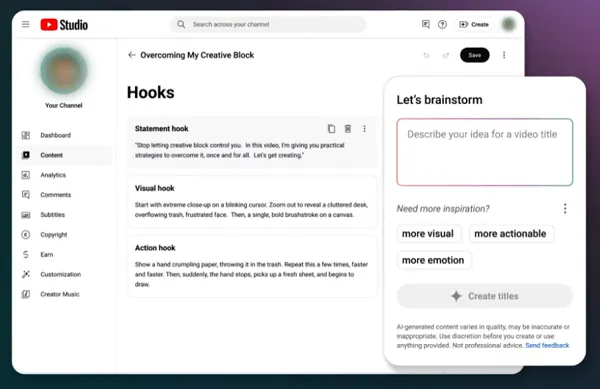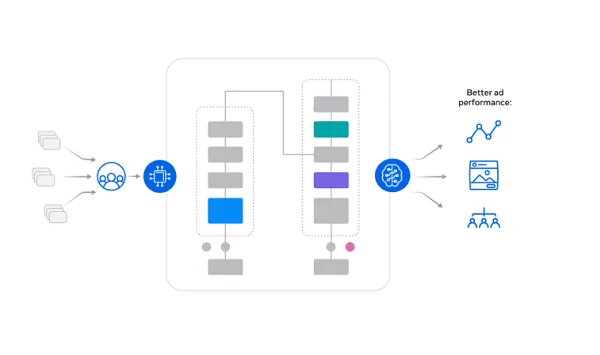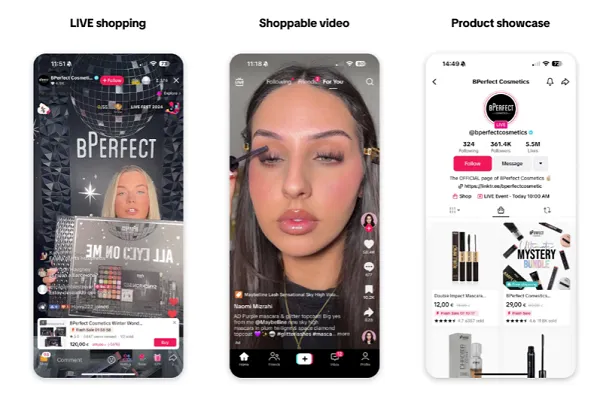The U.S. is experiencing one of the greatest manufacturing booms of the last century, and a lot of what happens next—to you, to your company—depends on what you’re doing today to adapt advanced technologies. Not that it’s easy. It isn’t. At Chief Executive’s Manufacturing Masterclass, Dr. Amrou Awaysheh, Assistant Professor at Indiana University and Executive Director of IU’s Business Sustainability and Innovation Lab, offered a detailed roadmap for manufacturers to navigate this transformative era.
A full video of his terrific session is available here, and notes and takeaways are below.
Where to begin? Well, first, Dr. Awaysheh reminds, you need to get the right team in place, with an enthusiastic supervisor at the heart of things. But Dr. Awaysheh also emphasized the importance of structuring digital transformation efforts within a long-term strategic framework, breaking the vision into measurable quarterly goals to maintain focus and momentum.
- Start by defining the overarching objectives for the 10-year period—for example, achieving full digitization across all production lines or reducing downtime by 50 percent.
- Divide these objectives into five 2-year phases, each focusing on a critical milestone such as implementing IoT sensors, integrating AI solutions or establishing predictive maintenance protocols.
- Within each phase, create quarterly goals that target specific, actionable steps like installing sensors on a single production line or training a subset of employees on new software.
This systematic approach ensures alignment with broader business objectives and helps organizations track progress at every step, while allowing for adjustments based on lessons learned along the way.
Below are some tips, designed to help executives chart a successful path forward:
Start small, think big. Dr. Awaysheh underscored the importance of implementing manageable projects with measurable ROI to build momentum for larger transformations. “How you prioritize your quick wins something to justify that newer budget? The other way of thinking about it is, what are the small things you can put in place today? What are the small things you can put in place today to drive change to justify further CapEx?” Projects with less than a two-year ROI are ideal for ensuring value and building organizational buy-in.
Invest in human capital. Emphasizing workforce development, Dr. Awaysheh advised allocating 5 percent of CapEx for training and upskilling. “Anybody that’s selling you a tech that bolts on to the end, that says your people don’t need to do anything, I’d be very wary of what that looks like.”
Adopt disruptive technologies over sustaining ones. The session highlighted the power of nascent technologies, such as IoT sensors and AI-driven predictive maintenance, which are affordable and effective. “Equip for a couple of hundred thousand dollars, sensor it well, train your people for about 10-15 grand, and then they can really get almost a second life out of these [machines].”
Start with predictive maintenance and IoT. Predictive maintenance using IoT devices offers significant cost-saving potential. Retrofitting existing equipment with vibration, pressure and temperature sensors helps predict failures before they occur. “These solutions are available to small and medium manufacturers, a place with 10 employees, pretty basic equipment,” he said.
Then digitize processes strategically. Dr. Awaysheh pointed out that true digital transformation begins with laying foundational infrastructure. Start with small-scale digitization efforts, like real-time quality tracking or monitoring key metrics such as fluid viscosity and energy consumption. This approach builds the groundwork for advanced solutions like digital twins.
Understand the role of change management. Change management should account for at least 15 percent of the budget for digital transformation projects. But the key is identifying and empowering individual leaders as technology champions. “Because if you have somebody that’s not a technology champion trying to lead and drive the technology change, he’s not the person I want,” he said. “How do I know if Dan is a technology champion or not? Things related to his personal life. Does he care about having the most up to recent phone? Does he have an iPad? Those are the kinds of people that care and love technology. Those would be the people that I would want to advocate to be running line two when we digitize that. So it’s questions like, Hey, Dan? When’s the last time you upgraded your WiFi in your house? What do you do when your WiFi crashes? If he doesn’t do it in his own life, he’s not going to do it at work.”
Prepare for the future: digital twinning. While still costly, digital twins represent the future of manufacturing. These virtual, digital replicas of factories enable real-time monitoring, benchmarking and process optimization without disrupting operations. “this is maybe the Holy Grail, where you should be aiming,” Dr. Awaysheh said, cautioning that digital twins should only be implemented after establishing strong foundational digitization, as described above.
“If you want to get a digital twin, that’s wonderful,” he said. “My question to you would be, do you have the basic underlying steps? Okay, do you have meters and sensors at all the important processes of the organization? So when you talk about the cost you don’t want to think of oh, what’s an end-to-end digital twin cost. It’s going to be a recipe for failure. If somebody comes to you and tries to sell you a digital twin when you have zero digitization in your facility, your Spidey senses should go off.”








































![Spider-Man Is Back in Black With the Green Goblin in New Funko Pop! Figures [Exclusive] Spider-Man Is Back in Black With the Green Goblin in New Funko Pop! Figures [Exclusive]](https://static1.colliderimages.com/wordpress/wp-content/uploads/2025/03/spider-man-the-animated-series-green-goblin.jpg)































